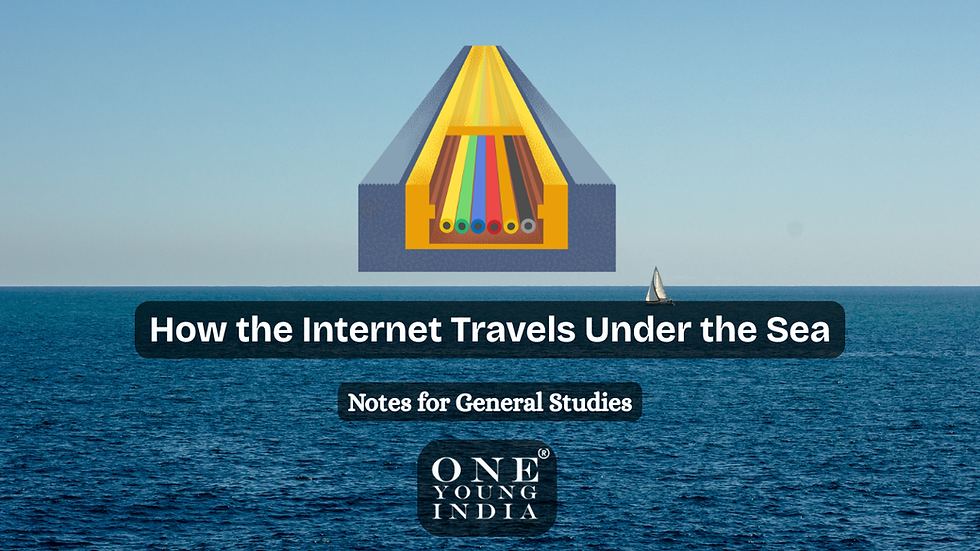Visual Positioning System
- One Young India

- Dec 20, 2022
- 3 min read

What is Visual Positioning System (VPS)?
The Visual Positioning System (VPS) is a technology that uses visual cues, such as patterns and features in the environment, to determine the location and orientation of a device. VPS is similar to GPS, which uses satellite-based navigation to determine a user's location, but VPS relies on visual information rather than satellite signas.
VPS can be used to determine a user's location and orientation in a variety of environments, including indoor and outdoor spaces. VPS can be used to provide location-based services, such as indoor navigation and augmented reality (AR) experiences.
VPS technology can be implemented in a variety of devices, including smartphones, tablets, and wearable devices. VPS can be used in combination with other technologies, such as GPS and inertial measurement units (IMUs), to provide more accurate and reliable location information.
VPS has the potential to be a useful tool for a wide range of applications, including indoor navigation, AR experiences, location-based marketing, and location-based services
How VPS is better than the GPS?
There are several ways in which VPS may be better than GPS in certain situations:
Indoor use: VPS can be used to determine a user's location and orientation in indoor environments, while GPS may not work well or at all in these situations due to the lack of satellite signals.
Augmented reality (AR) experiences: VPS can be used to provide more accurate and reliable location information for AR experiences, which may require high-precision location data. GPS may not be as accurate or reliable for these types of applications.
Accuracy: In some cases, VPS may be more accurate than GPS, particularly in situations where the environment provides a rich set of visual cues. This may be particularly useful for applications that require high-precision location data.
Privacy: VPS does not rely on satellite signals and does not require a connection to the Internet, which may make it more private than GPS.
However, GPS has some advantages over VPS as well. For example, GPS is more widely available and can be used in a wider range of environments, including outdoor spaces and areas with limited visual cues. GPS is also more mature and has been in use for longer, making it more widely supported and tested.
Limitations of the VPS System
While VPS has the potential to be a useful tool for a wide range of applications, it also has some limitations and drawbacks that should be considered. Some of the major drawbacks of VPS include:
Limited availability: VPS may not be available in all areas, as it relies on the availability of visual cues in the environment. In areas with limited visual cues, VPS may not be able to determine a user's location or orientation accurately.
Dependence on the environment: VPS accuracy can be affected by changes in the environment, such as the addition or removal of visual cues. This may make VPS less reliable in dynamic environments.
High computational requirements: VPS requires a lot of computational power to analyze the visual cues in the environment and determine a user's location and orientation. This may make VPS less practical for use in low-power or low-cost devices.
Limited range: VPS has a limited range, as it relies on visual cues that are within the field of view of the device's camera. This may make it difficult to use VPS for location-based services that require a wide area of coverage.
Privacy concerns: VPS may raise privacy concerns, as it relies on the use of cameras to collect visual information about the environment. This may make some users uncomfortable with the use of VPS.



